How To Eat Enough Protein With A Dairy Allergy
Hitting your protein macro targets when you have a dairy allergy or sensitivity can be challenging. Imagine eating 120, 150, or 170 grams of protein a day when milk, yogurt, and whey protein are off the table? Believe it or not, it can be done with a lot of intention and being mindful to include protein in everything you are eating.
What is a dairy allergy?
Dairy allergies must be taken very seriously. Often, people with this type of allergy can experience extreme reactions to dairy exposure such as hives, an upset stomach, vomiting, bloody stools, and even anaphylactic shock. This reaction is caused by a person’s immune system reacting as though the dairy and its by-products are dangerous invaders. People with a dairy allergy should avoid products that “may contain milk” or “made on the same equipment as dairy.”
What is a dairy sensitivity?
A dairy sensitivity is less dangerous than a true dairy allergy but can cause symptoms like bloating, flatulence, diarrhea, and irritable bowel syndrome. It is often caused by a person lacking the ability to process dairy by-products (vs. an autoimmune response). Even if a dairy sensitivity is not as life-threatening as a dairy allergy, these symptoms can be annoying or downright miserable and can also make hitting a protein macro-nutrient target challenging.
How to eat enough protein on a dairy-free diet
Here’s our best advice for nailing your nutrition - specifically, getting in enough protein with a dairy allergy (actually this advice comes from a Couture Fitness client who has a dairy allergy and a 170 gram a day protein target, but he’s living proof that it can be done!):
1. Switch to Soy: Switch from almond or coconut or other milk alternatives to soy milk. It’s the only alternative milk that has any real protein in it. Fun fact—soy milk is the only non-dairy milk allowed in the school lunch program because the other alternatives might have the vitamin requirements through fortification, but not the protein. Vanilla soy milk is good for coffee, cereal, etc., but the original has more protein so use it for cooking and baking.
2. Find Vegan Alternatives: For protein powders and bars, look for something that says Vegan is often the easiest way to identify what is dairy-free. Orgain makes an affordable vegan protein powder that can be found at Target but is also available (and cheaper) at Costco. Orgain also has a pre-made shake available at Costco.
3. Experiment with Paleo Protein Powders: Paleo Pro (available on Amazon) is a protein powder made with grass-fed and pastured beef and eggs that are air-dried then ground into a fine powder. It comes in a variety of flavors including mocha, mint, cacao, and vanilla.
4. Go for the Protein+ Option: Get the protein added version of whatever you’re eating: for example, buy the Barilla Protein Plus pasta, use the Mission Protein Wraps for sandwiches. The list of protein-fortified items goes and on and fortifying your meals with even five more grams of protein will add up over the day.
5. Make Your Own Protein Pancake Mix: Some of the protein-fortified oatmeals and pancake mixes contain dairy protein, so those are off the table for a person with a dairy allergy. But you can make your own! Below is a dairy-free recipe for Kodiak Cakes:
1/2 cup oats (ground in a blender)
1 Tbs of baking powder
1 scoop of dairy-free protein powder
one egg
3 egg whites
3 strawberries or some blueberries (this makes the pancakes less dense, but any liquid will do)
6. Make Your Own Protein Bars: Protein bars also often contain dairy or are dairy-contaminated. Below is a recipe for protein balls or protein bars that can be made in bulk for a convenient protein-packed snack.
1/2 cups quick oats
4oz nut butter
4 scoops of dairy-free protein powder
Approximately 1 cup of non-dairy milk (you want a consistency that will roll into a ball but not fall apart).
Add in Enjoy Life mini chocolate chips or whatever dairy-free treat makes you happy.
Roll these into balls and keep them in the fridge or freezer.
7. Embrace Eggs and Meat: Aim to get much of your protein from eggs and meat ad have these proteins on-hand and readily available. For example, keep meatballs and breakfast sausage available in the freezer and hard-boiled eggs and a variety of deli meats available in the fridge.
8. Mind Your Macros on Dairy-Free Products: There are soy yogurts and dairy-free cheeses that can be added to smoothies or to a pizza, but mind your macros as these products are often high in fat and carbs and can quickly add up and put you over on those macronutrient targets.
Let us help you boost your metabolism! Book a free strategy call —or email We’ll set up a 15 minute call to discuss your goals and dieting history and help develop a customized plan that allows you to eat more (really!). We’ll also talk about how you can exercise to build calorie-burning muscle. The Couture Coaching Team wants to help you create a body you love—for life!
Want more metabolism-boosting ideas?
*Join our private Facebook Group (Boost Your Metabolism After Age 30)
*Listen to our podcast
*Follow us on Instagram
*Get our free video on how you can increase your metabolism
Click the links below to learn more about our programs:
*self-paced Master Your Metabolism Online Course.


